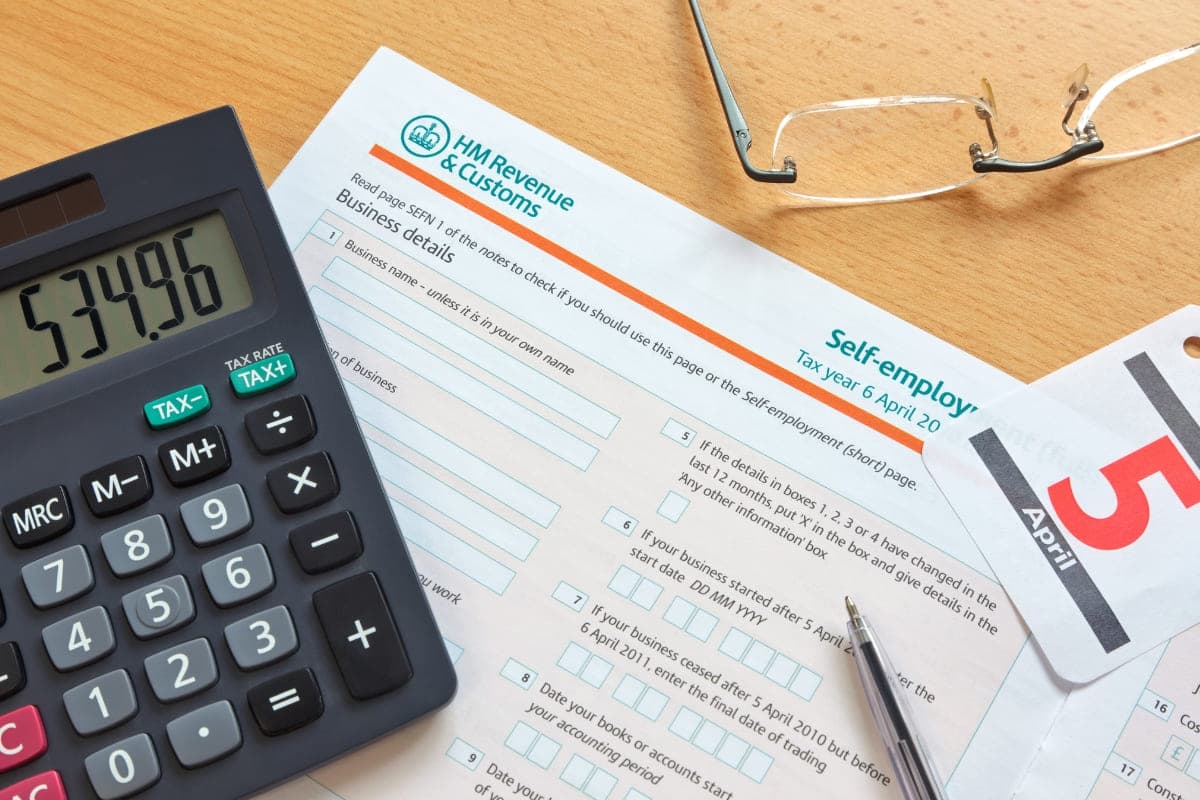If you’re venturing into the world of self-employment, you’re not just your own boss; you’re also your own accountant. Understanding self-employment taxes is crucial to managing your finances responsibly and avoiding surprises come tax season. This guide will provide you with essential information about self-employment taxes and how to navigate them successfully.
What are Self-Employment Taxes?
Self-employment taxes are the taxes individuals pay on their income when they work for themselves as freelancers, consultants, sole proprietors, or independent contractors. Unlike traditional employees, self-employed individuals are responsible for both the employee and employer portions of Social Security and Medicare taxes.
Key Components of Self-Employment Taxes:
-
Self-Employment Tax Rate: As of my knowledge cutoff in September 2021, the self-employment tax rate is 15.3% of your net self-employment income. This tax covers Social Security (12.4%) and Medicare (2.9%). Keep in mind that Social Security taxes are only applied to income up to a certain threshold.
-
Calculating Net Self-Employment Income: To calculate your self-employment tax, you first need to determine your net self-employment income. This is your total income minus allowable business expenses. The resulting amount is what you’re taxed on.
-
Estimated Quarterly Payments: Since self-employed individuals don’t have taxes withheld from their pay throughout the year, they are required to make estimated quarterly tax payments. These payments cover income tax and self-employment tax.
-
Income Tax: In addition to self-employment tax, you’ll also owe income tax on your net self-employment income. The exact amount depends on your total income and deductions.
Navigating Self-Employment Taxes:
-
Keep Detailed Records: Accurate record-keeping is essential for calculating your income and deductible expenses. This includes receipts, invoices, and other financial documents related to your business.
-
Calculate Estimated Payments: Use the information from your previous year’s tax return to estimate your upcoming year’s income. Divide this amount into quarterly payments to avoid underpayment penalties.
-
Use Tax Software or a Professional: Tax software designed for self-employed individuals can streamline the process of calculating taxes and deductions. Alternatively, consider hiring a tax professional well-versed in self-employment tax laws.
-
Deductible Business Expenses: Identify business-related expenses that are tax-deductible. These can include office supplies, equipment, travel expenses, and a portion of your home office expenses.
-
Separate Business and Personal Finances: Keep separate bank accounts and financial records for your business and personal finances. This separation simplifies tracking and reporting business-related transactions.
-
Plan for Retirement: Self-employed individuals can set up retirement accounts like SEP-IRAs or Solo 401(k)s. Contributions to these accounts can help lower your taxable income.
-
Stay Informed: Tax laws and regulations can change. Stay up to date with changes that might affect your self-employment taxes.
Wrapping Up:
Navigating self-employment taxes might seem complex, but with proper planning and a clear understanding of the process, you can manage your finances effectively. Remember to keep thorough records, estimate and make quarterly payments, and leverage available deductions. Whether you’re just starting or you’ve been self-employed for a while, staying on top of your taxes will contribute to your financial success as a self-employed professional. As always, consider consulting a tax professional for personalized advice based on your specific situation and current tax laws.
อ่านบทความทั้งหมด >>> Accounting Office
Accounting service Tel.084-343-8968 (POND)



